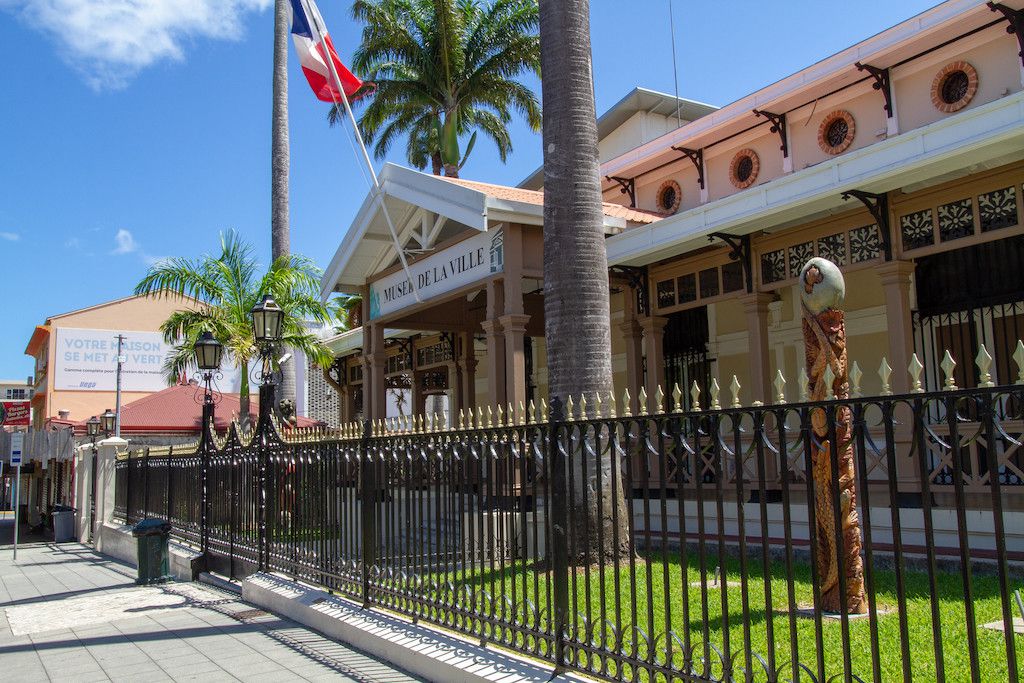This is the final installment of this New Caledonia travelogue. I’ll write a dense content at the end. I’ll write what I learned about the history of New Caledonia in the area.
Two great museums
We visited the City Museum and the World War II Museum. Below I will write an article based on the information I got here.
First of all, the Municipal Museum was built in 1874 as the first bank of New Caledonia, but it soon went bankrupt. However, in 1882, the city bought the building to turn it into a government office and for the next 100 years it was used as the city hall of Noumea. The exterior is very nice. The location is facing Thaksin Square in the center of the city center.

The other museum where you can learn about the history of New Caledonia is the World War II Museum, located on the northern outskirts of the old town and downtown. This one was a normal building (small) with little history and stylishness in contrast to the City Museum.
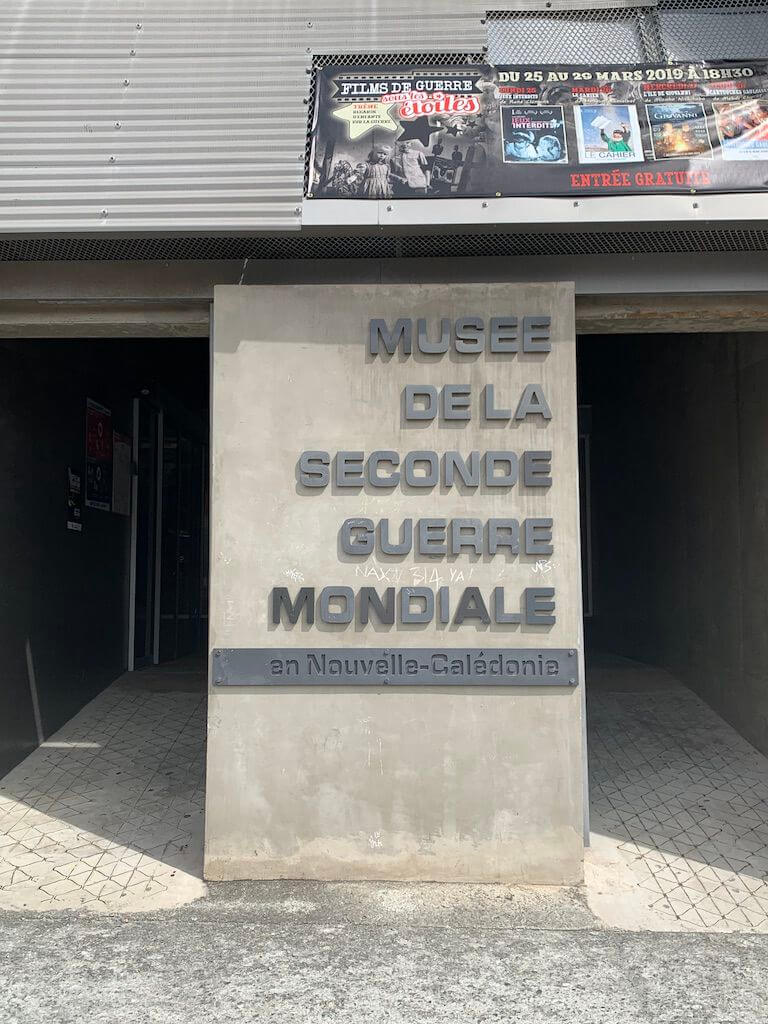
In the Municipal Museum, you can learn about this history from the beginning of the colonization of New Caledonia in the 19th century until the First World War. In the World War II Museum, you can learn about the history of the Second World War and beyond.
New Caledonia as the final penal colony and its pioneering history
The exhibit on the beginning of the pioneer era was located on the ground floor of the City Museum. We will talk about its history along with the contents of the exhibit.
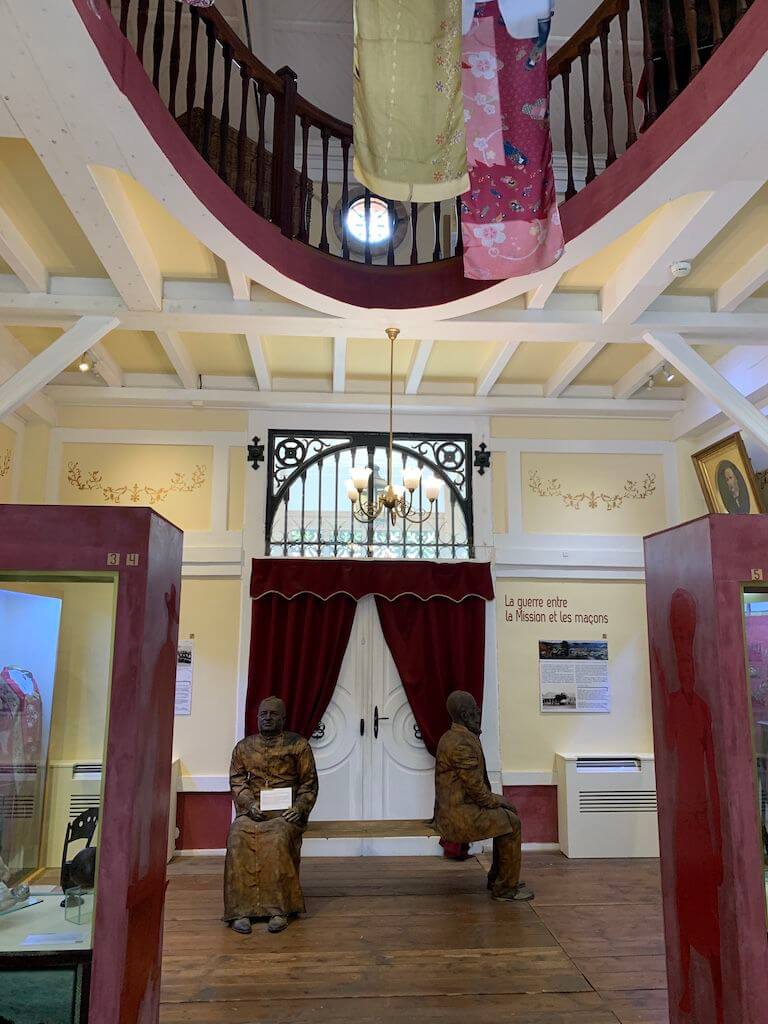
You can also borrow a printout of the Japanese translation of the film, which will help you understand it better.
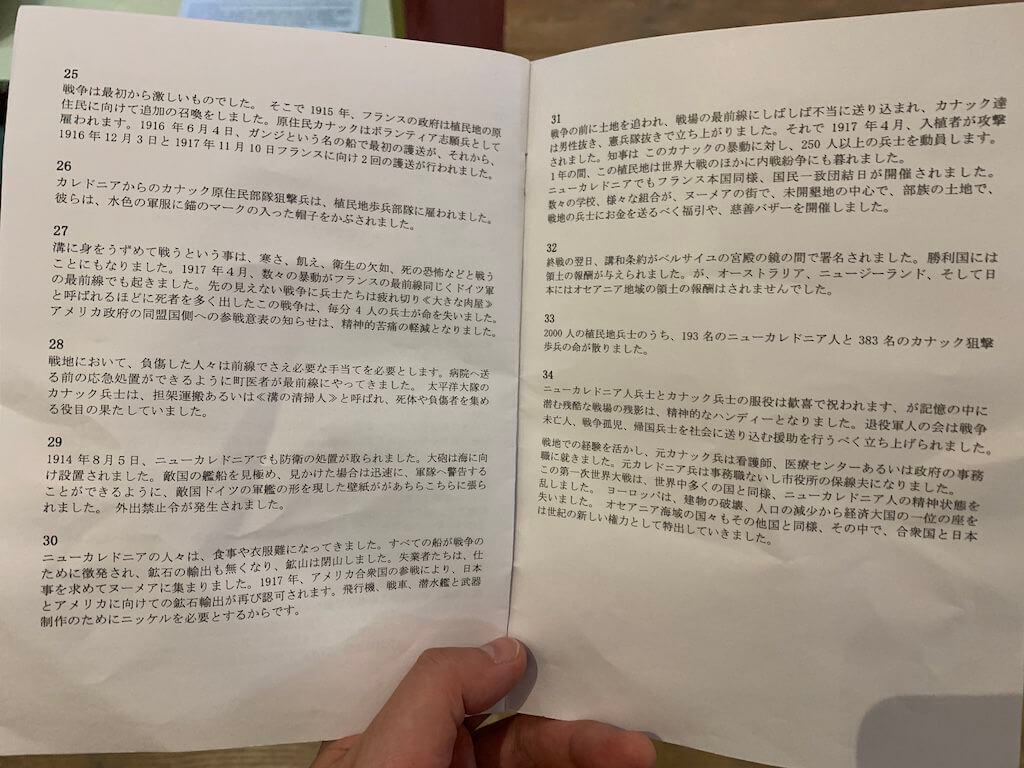
It begins its history as the final penal colony in 1864. The first thing the French government did to govern the colony was to divide the land between free settlers, exiles and the native Kanak people. As a result, the land on the east coast of the main island, which was fertile and suitable for coffee cultivation, was owned by the free colonists and exiles, while the Kanak people were relegated to the rest of the thin land.
At first, they tried to settle the land by exiles, but because New Caledonia had a very mild climate for a final exile, the exiles themselves did not work hard, and the settlement was very inefficient. Therefore, the French government launched a major campaign (propaganda) to promote New Caledonia and to enrich it through coffee cultivation, etc., and began to recruit people to move to New Caledonia of their own free will.
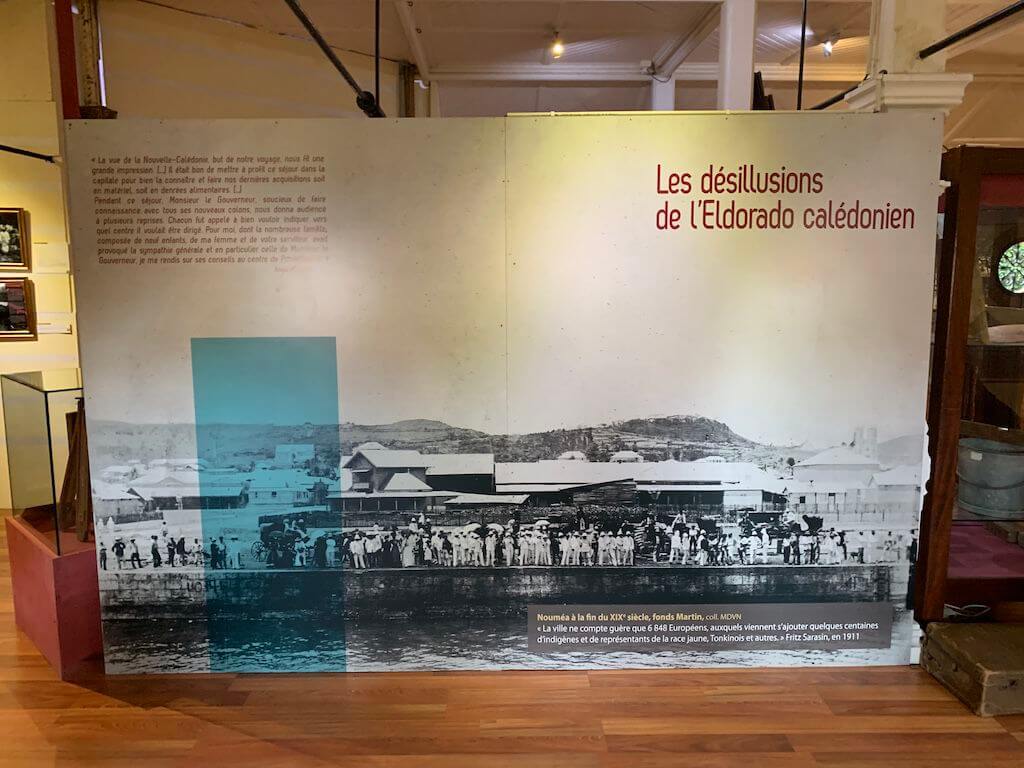
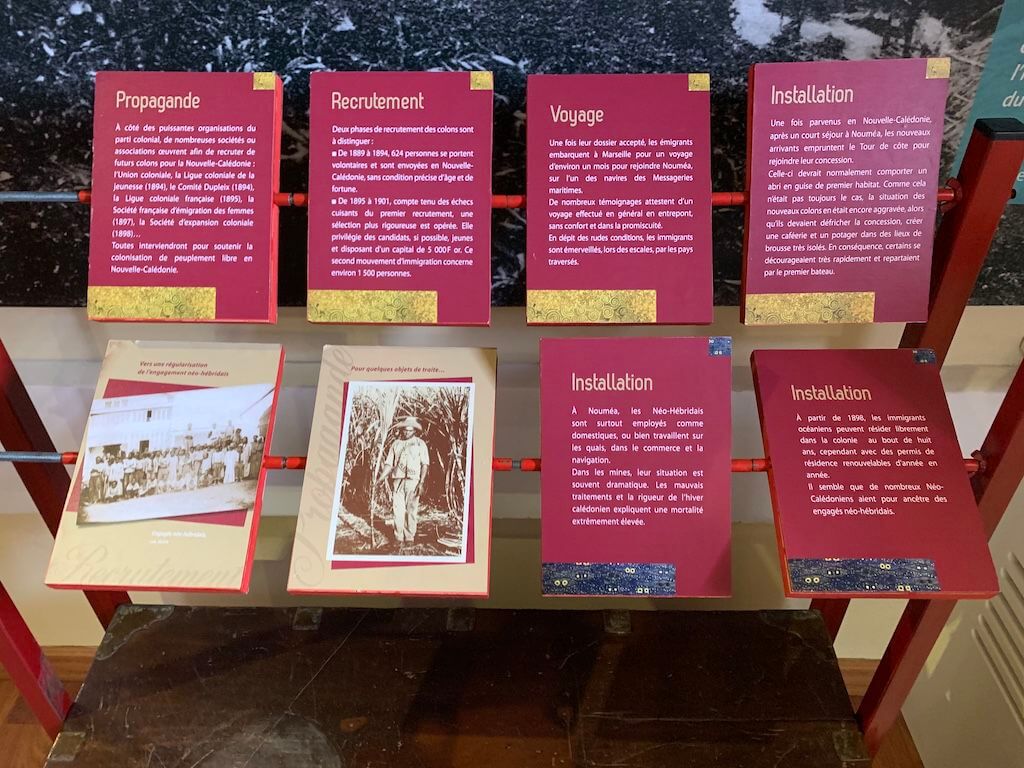
As the number of free immigrants increased, it became more difficult to coexist with the dead.
And as the number of exiles themselves decreased year by year, the significance of the original penal colony gradually diminished, and the free immigrants and exiles alone became insufficient for mining and agricultural workers. Therefore, Huyet, one of the most important figures in the development of New Caledonia and Governor of New Caledonia at the time in 1894, began to seek colonists from Asia, from Vietnam, Japan and Java. This is where the link between New Caledonia and Japan begins.
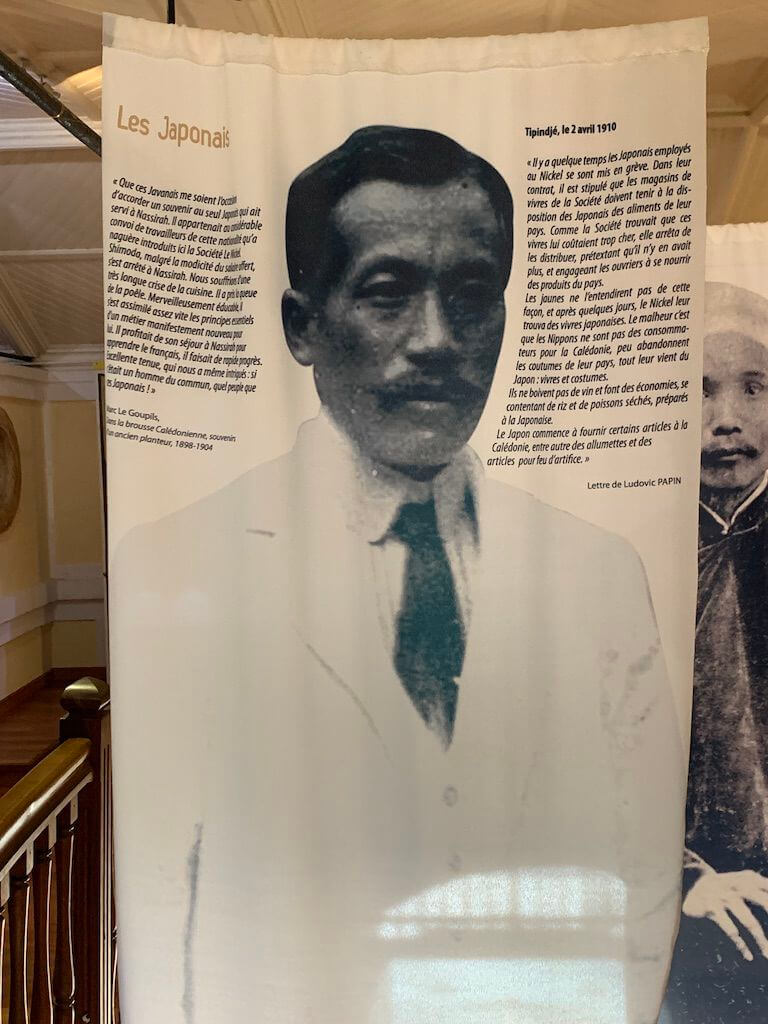
In addition, New Caledonia as a penal colony ceased to receive any exiles from France after 1922, and in 1931 New Caledonia ceased to be a penal colony.
The economy of New Caledonia, the failure of coffee cultivation
When the French recruited free immigrants to New Caledonia, they advertised the economic development of coffee cultivation. The French government touted New Caledonia as the new El Dorado. They even promised to pay for their travel to New Caledonia. This publicity had a certain effect and many free colonists settled in New Caledonia.
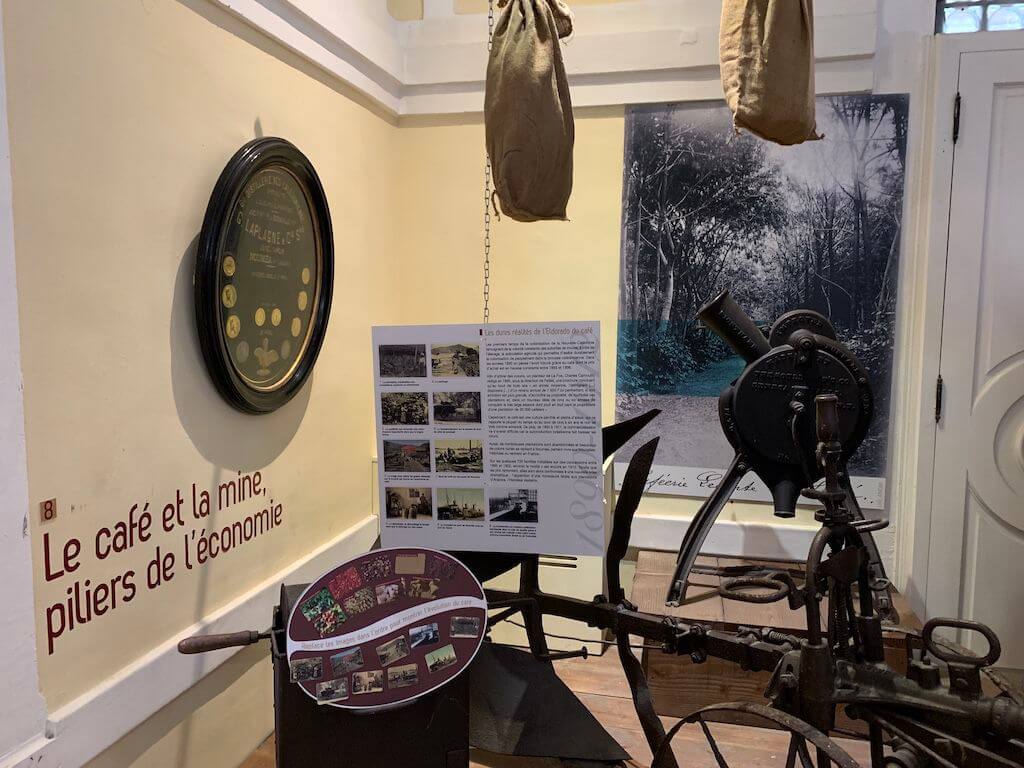
However, coffee cultivation takes many years to bear fruit, and in the beginning of the 20th century, the price of coffee was destroyed by mass production, especially in Brazil, and coffee cultivation in New Caledonia was in crisis.
Infrastructure development in New Caledonia
Governor Houillet also focused on the development of infrastructure such as roads, railways and ports for the economic development of New Caledonia. As for the railway, the plan was to connect Noumea with Bourail in the central part of the main island, which was also the center of plantations. However, due to several economic crises caused by the plunge in the price of nickel and coffee, the infrastructure development could not proceed as expected. Even today, there is no railway in New Caledonia.
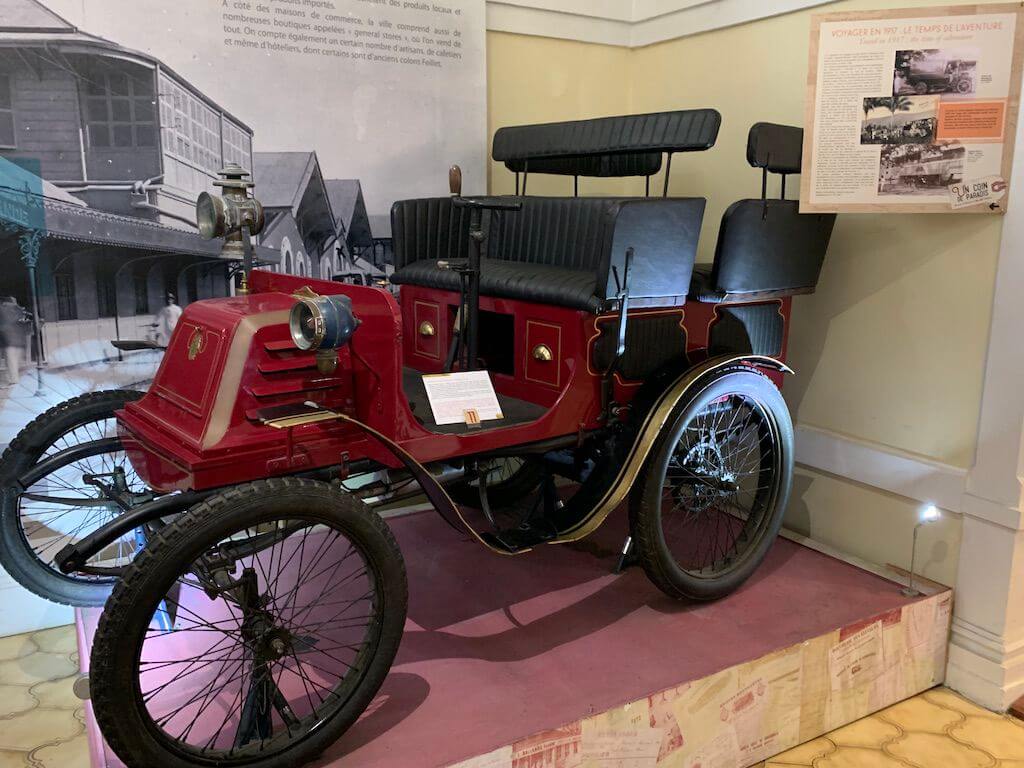
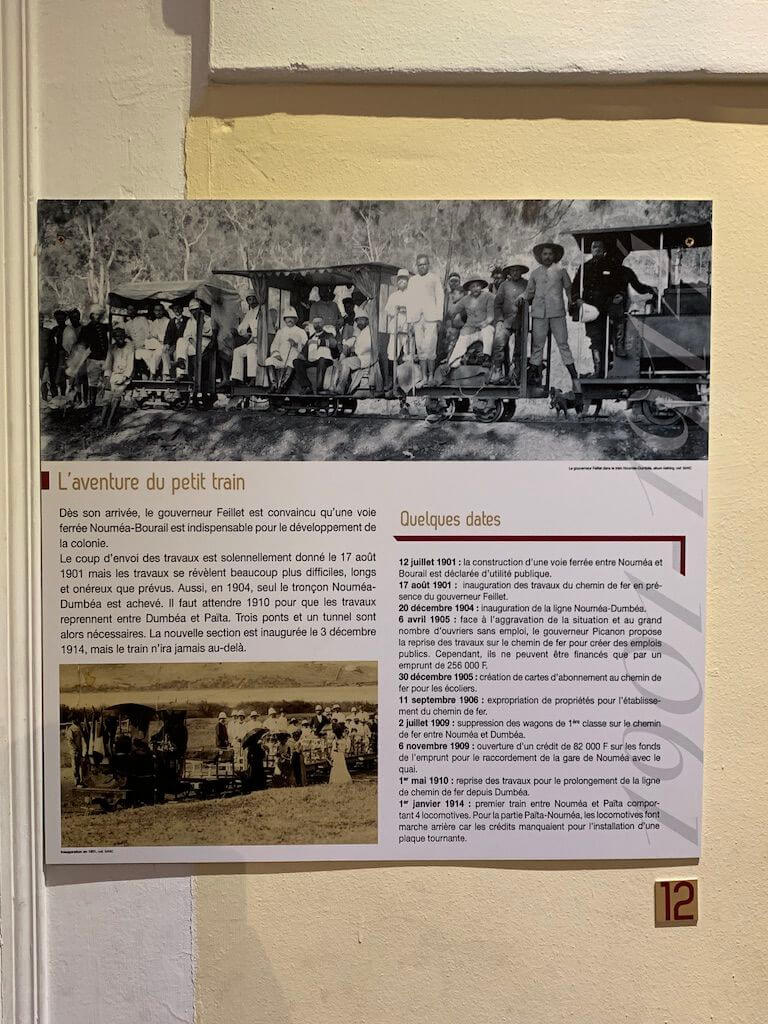
Eating habits in New Caledonia
When I visited New Caledonia, I encountered more French food than I expected, and I was surprised at the richness of the meat dishes in particular, but it seems that the foundation of this is related to the history of the introduction of many livestock from France during the colonial settlement.
Venison is still a specialty of New Caledonia, although we did not have it during our trip.
New Caledonia and religion
In New Caledonia, as in France, there was a need for a non-sectarian social polity, but the Freemasons, together with Governor Huyghe, put pressure on the Catholic religious groups that were already strong in the colony to establish a free colonial settlement and a non-sectarian society.
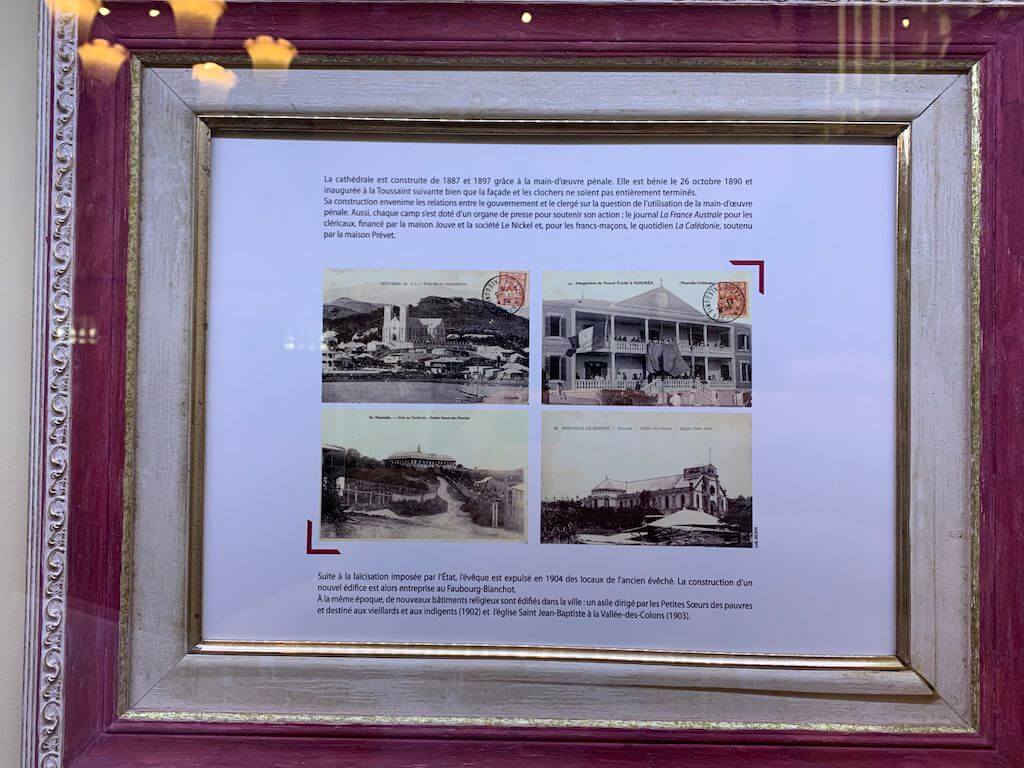
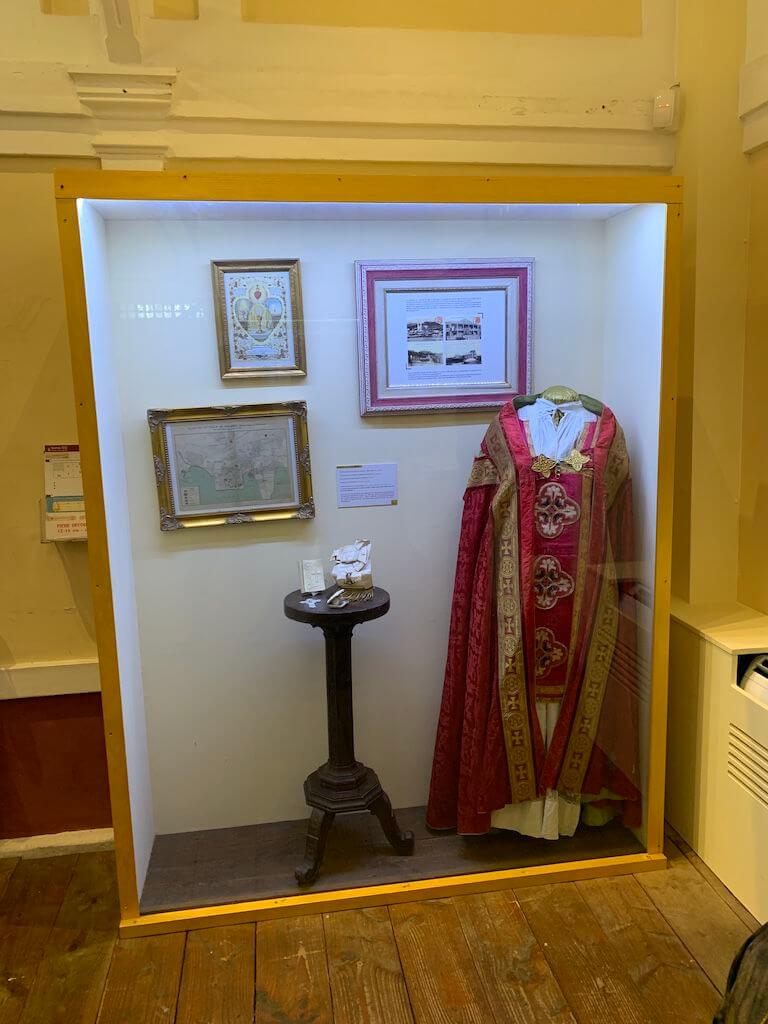
The exhibition put a lot of emphasis on the deconversion of New Caledonia, but to be honest, I could not understand why from the content of the exhibition alone. (Was it because of the influence of modernization and education?
New Caledonia and Nickel
New Caledonia is still famous for its nickel production: between 1880 and 1890, a nickel mining boom led to the development of New Caledonia, but by 1910, the price of nickel was low and many mining companies went bankrupt. But by 1910, the price of nickel had fallen, and many mining companies went bankrupt one after another, until a company called Le Nickel absorbed them one by one and transformed itself into a giant mining company. Le Nickel is still in business today, having built its own factory in Noumea in 1910.
New Caledonia and the First World War
Because New Caledonia was a French territory, the First World War had a great impact on the island.
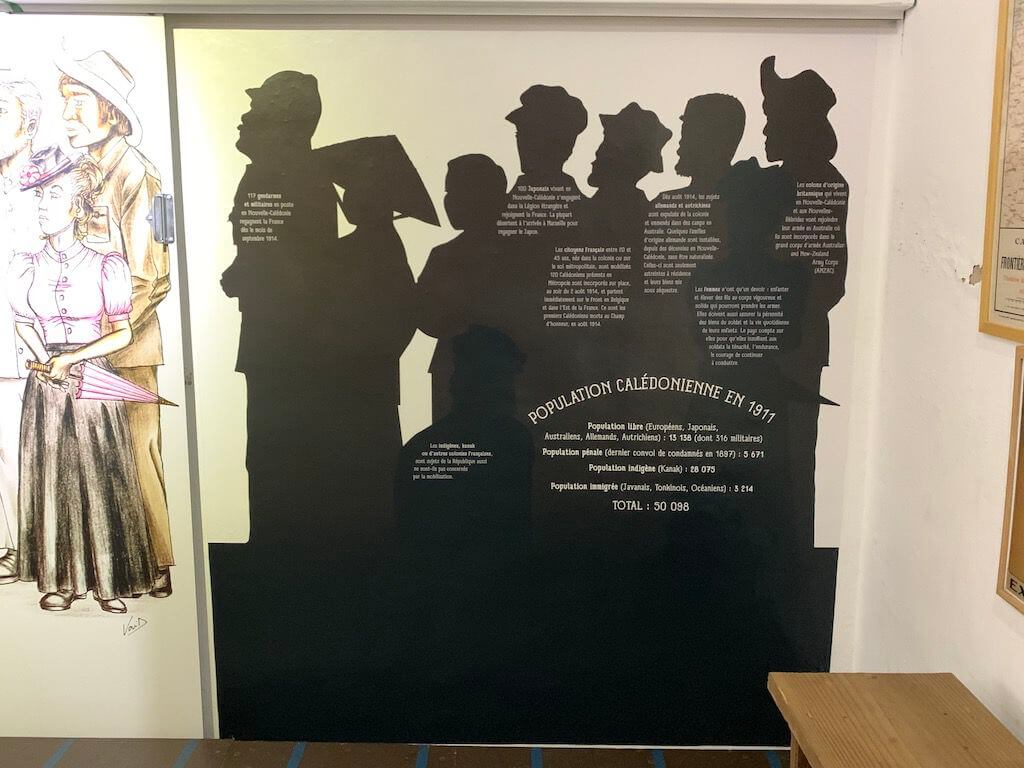
The First World War broke out on June 28, 1914, when the Crown Prince of Austria was murdered in Sarajevo. New Caledonia would enter the war as a member of the French colony. For the New Caledonians, the war began with the allied French, New Zealand and Australian battleships in Noumea and the capture of Papua New Guinea and the Salomon Islands, then colonies of the enemy Germany. However, in 1915, the New Caledonians were also sent to fight on the European front: on April 23, 1915, a squadron with 700 New Caledonians was sent to France to fight in Belgium and in the north-eastern part of France.
The war was fierce from the beginning and the French government requested several additional calls on the native New Caledonians. Thus, one by one, New Caledonians were sent to the European front. Their role in the harsh trench warfare was to carry the dead and wounded on stretchers, and they were called « ditch cleaners ».
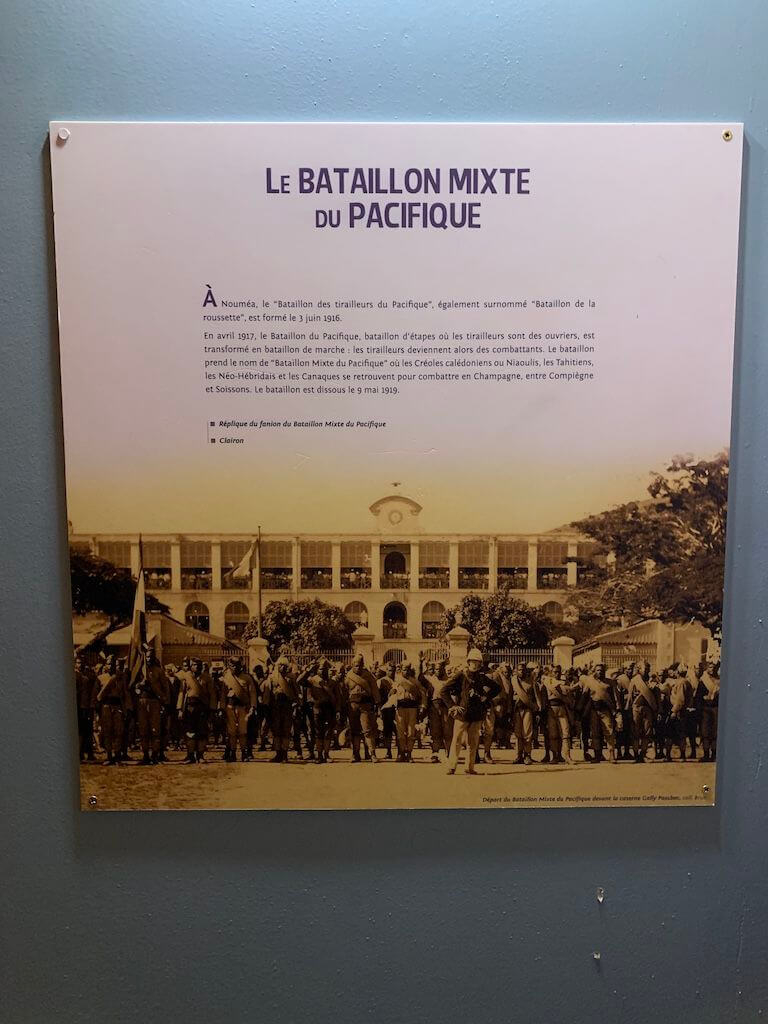
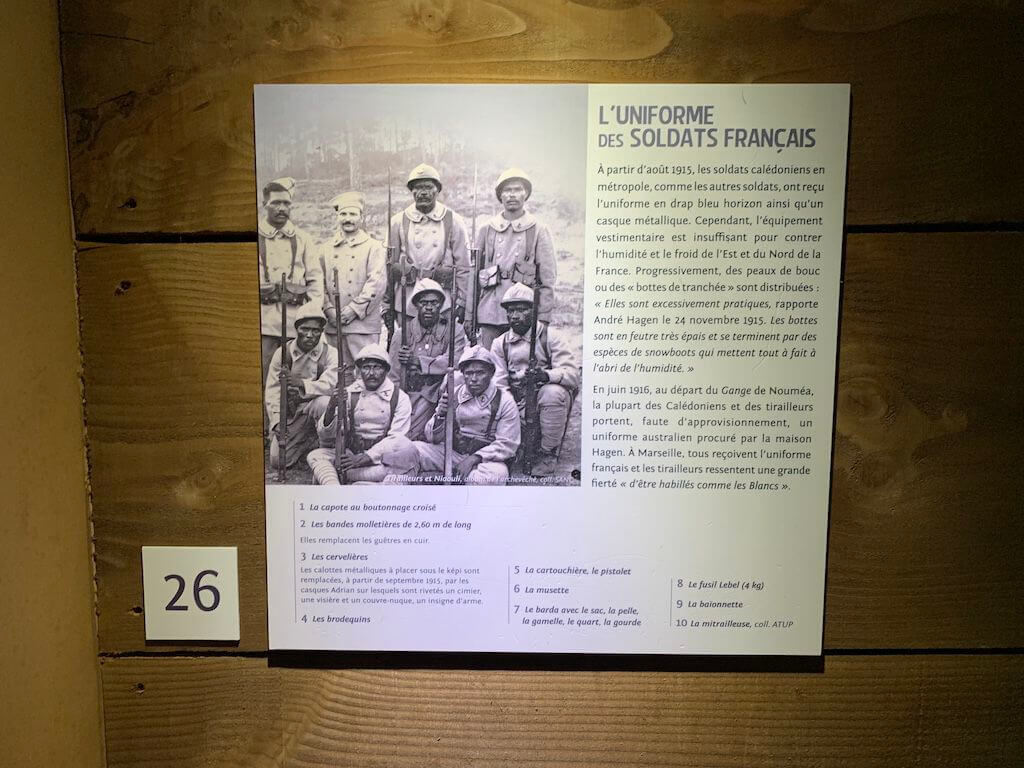
As the war dragged on, there were shortages of clothing and food on the main island of New Caledonia. All ships were requisitioned for the war effort and the export of ore was stopped. However, in 1917, the entry of the United States into the war led to the resumption of nickel ore exports to Japan and the United States for the production of planes, tanks, submarines and weapons.
During the First World War, several riots broke out on the mainland of New Caledonia against the unjustified sending of Kanaks to the front lines of the war. Each time, the Governor had to put down the riots. These riots lasted for about a year.
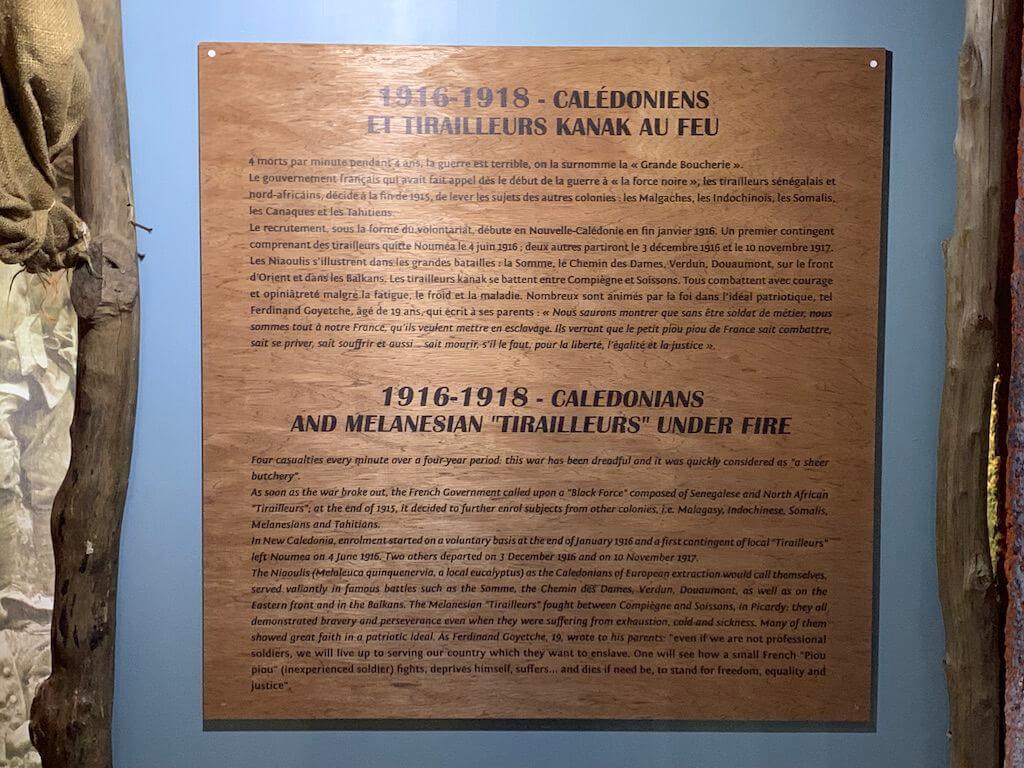
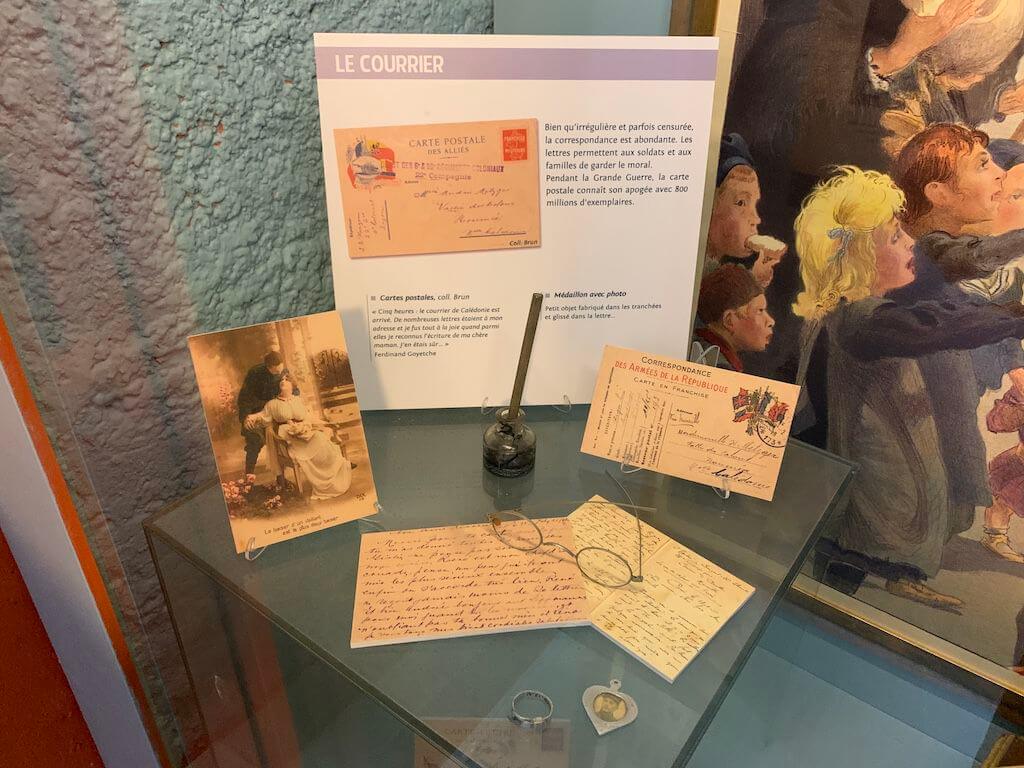
In 1918, the First World War came to an end: of the 2000 New Caledonian soldiers, 193 New Caledonians and 383 Kanaks lost their lives in this war.
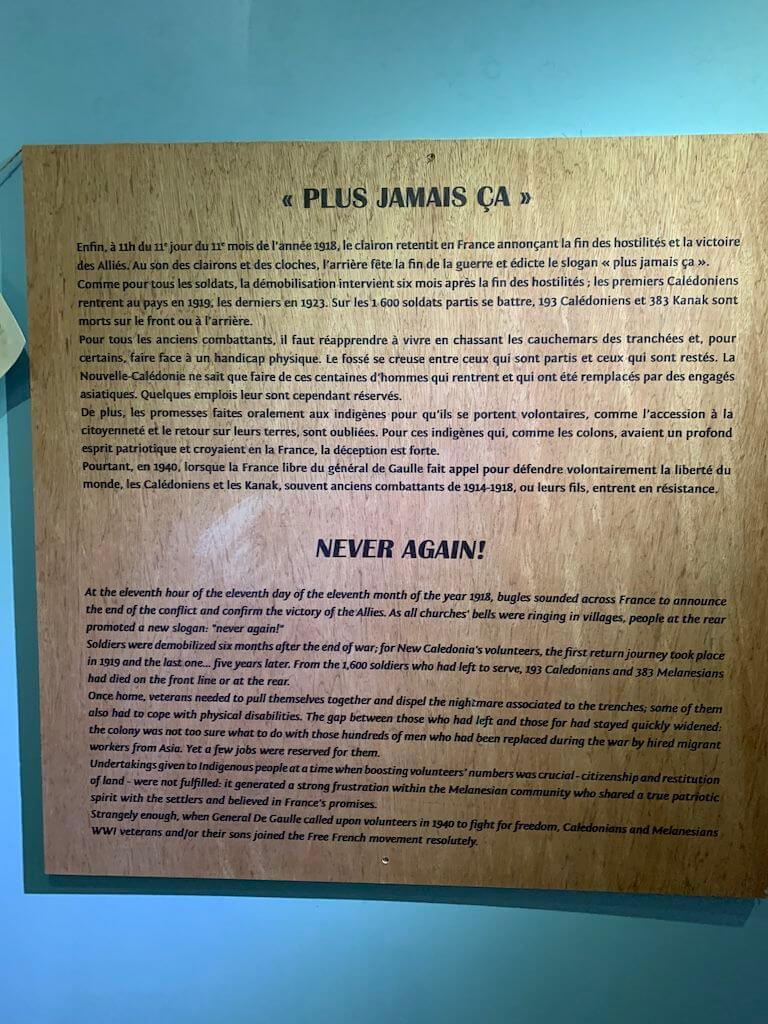
Soldiers who survived and returned to the island are welcomed with open arms by the local residents. After the war, they took advantage of their experience in the war zone and became nurses and employees of medical centers. But the psychological impact of the war on the New Caledonian people was immeasurable.
There was a comprehension check printout!
What was interesting was that there was this kind of comprehension check printout for each exhibition floor.
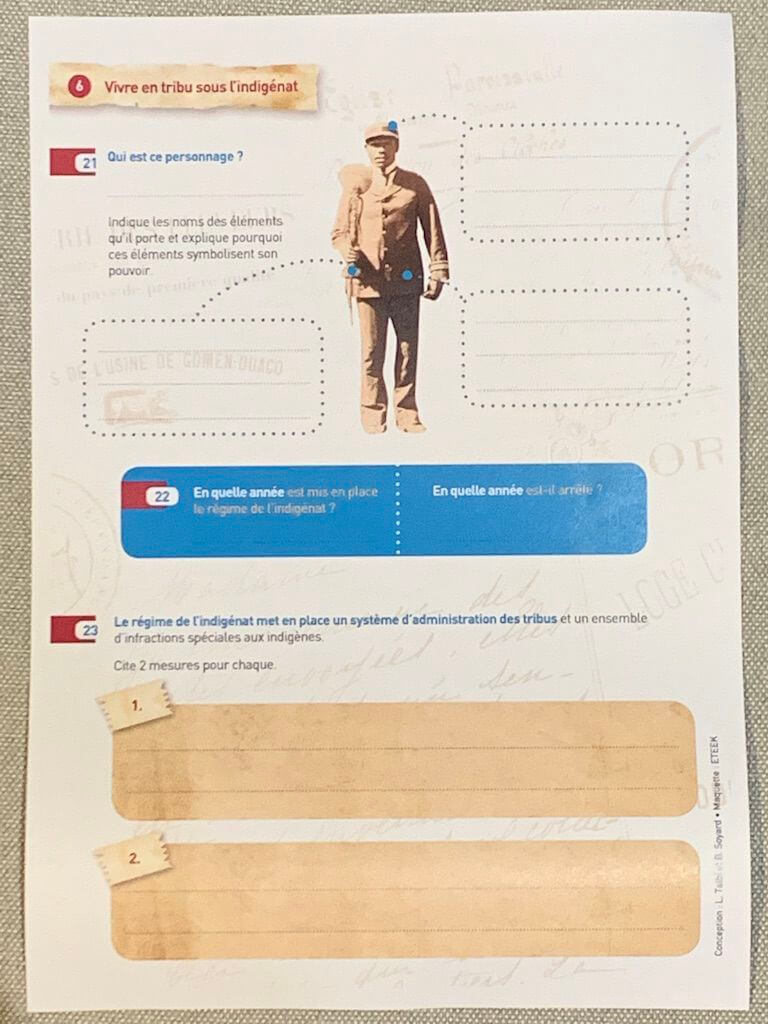
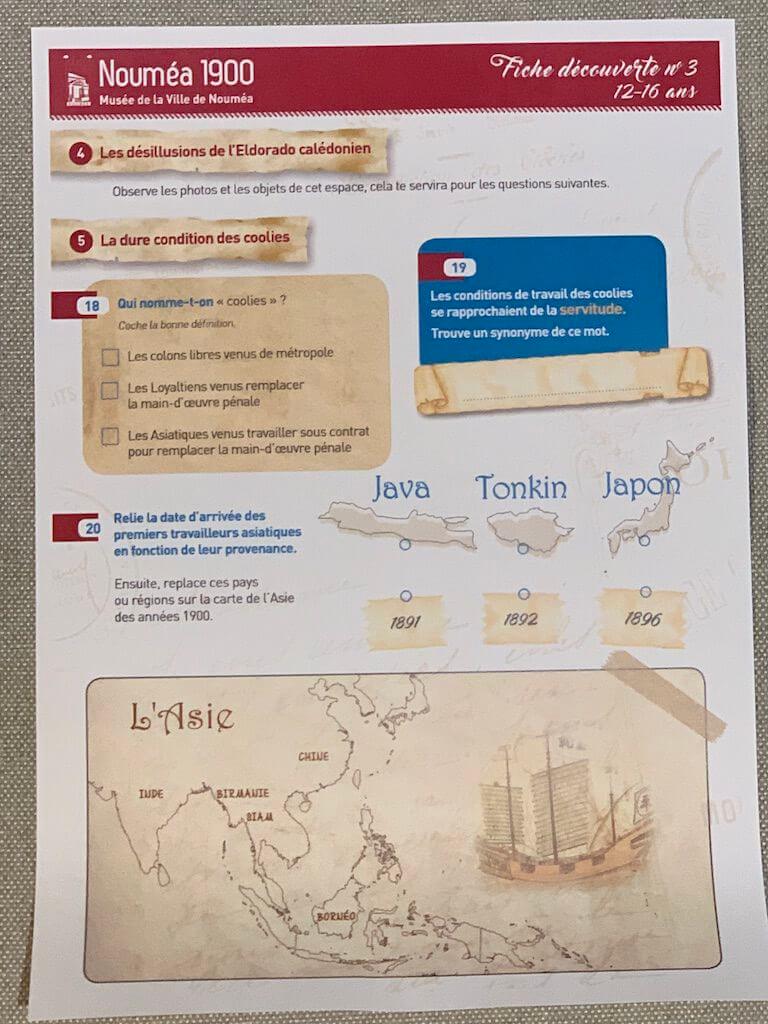
I had it with me to make sure I did my homework, but I gave up because it was French-only.
World War II, to the World War II Museum
Another museum where you can learn about the history of New Caledonia is the World War II Museum on the northern outskirts of the old town and downtown. As usual, there are a lot of text panels, and more than half of the exhibits are overviews of the Second World War, including both the European and Pacific fronts, but they are very comprehensive.
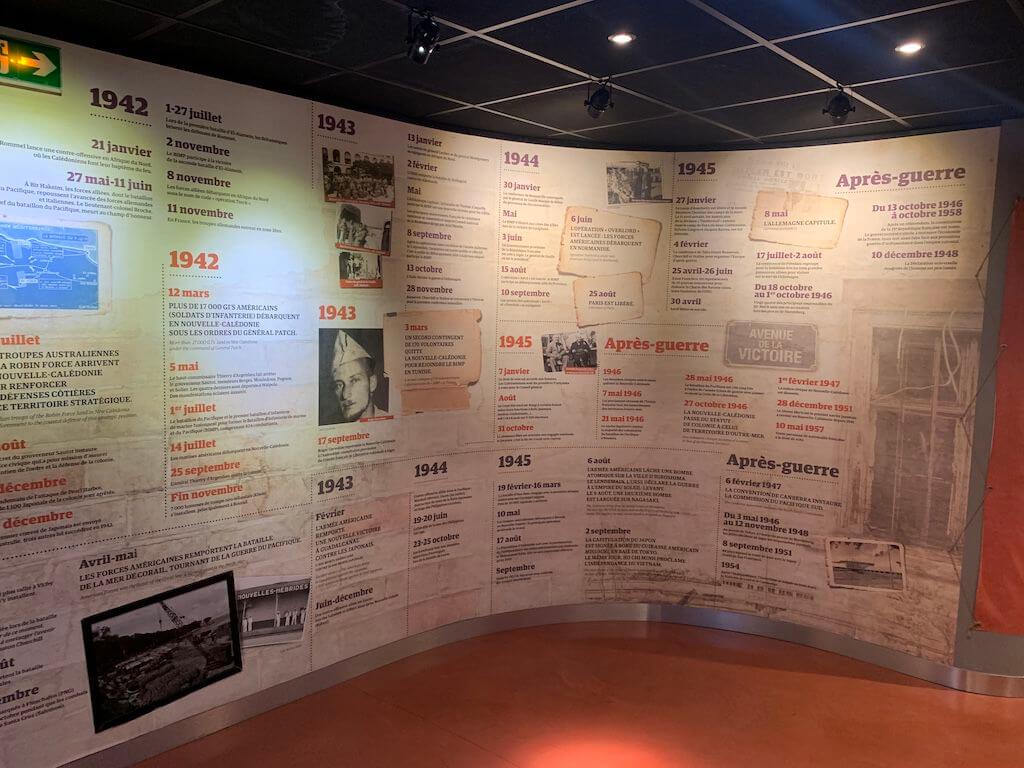
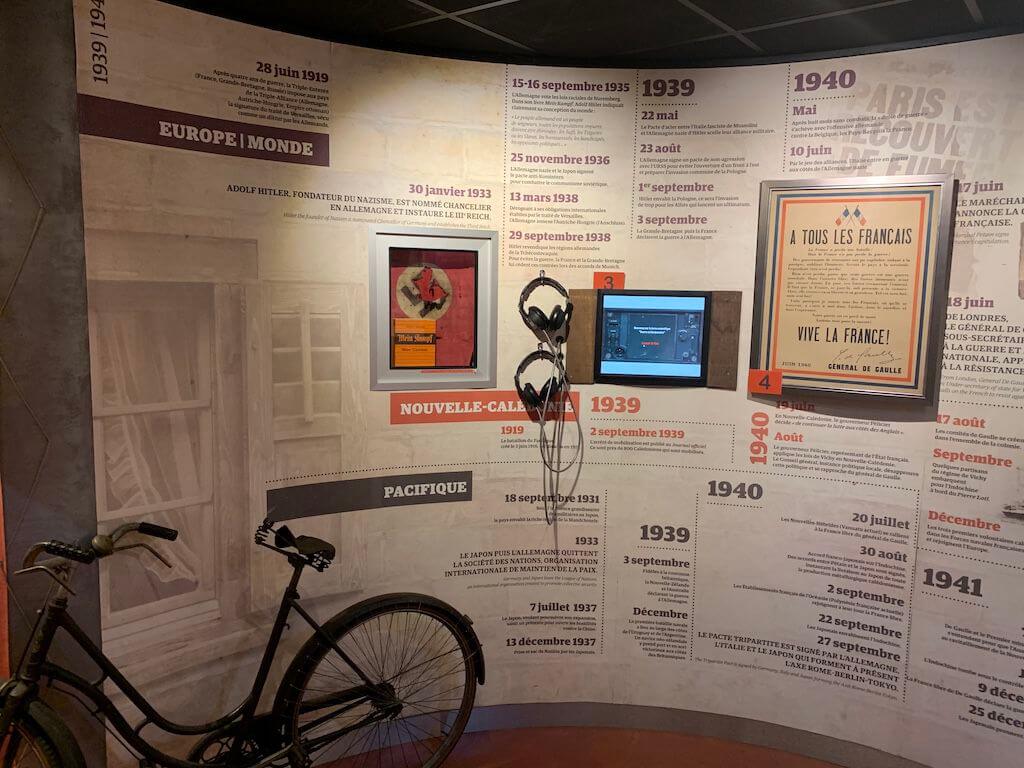
The text panels are mainly in French, with occasional English translations, but all visitors are handed a tablet like this one, which supports languages other than French and English, including Japanese of course, so you can watch the show in Japanese alone without any problems. However, this is unbelievable! It was hard to see, so I stopped using it after the first few times.
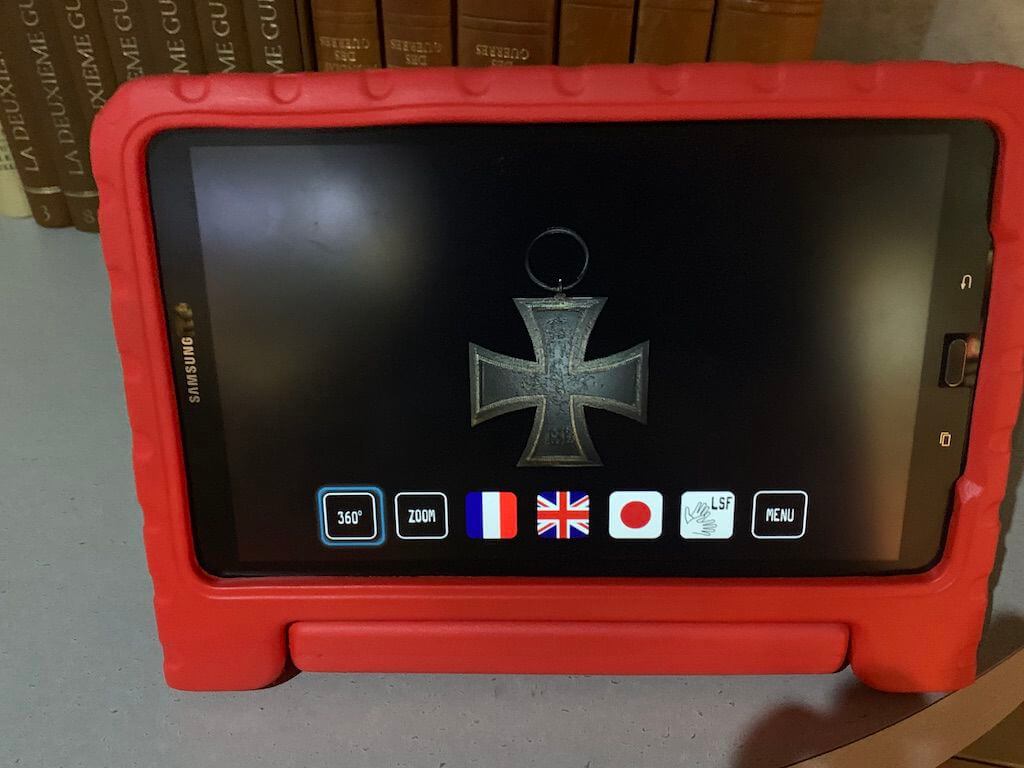
It is a hard museum, but there were more tourists than I thought. However, Japanese was not seen at all except us. There is no need to go all the way to such a place in the resort of the southern island, I guess.
New Caledonia’s position in World War II was that it became a base for the Allies. The enemy nation was Japan. Japan had taken many Western colonies in Southeast Asia and Oceania at the start of the war, so it became a base for the Allies to take these colonies. In a bit of detail, France itself had surrendered to Germany early on, but in September 1940 it became a colony of Free France, led by Charles de Gaulle, and entered the Second World War.
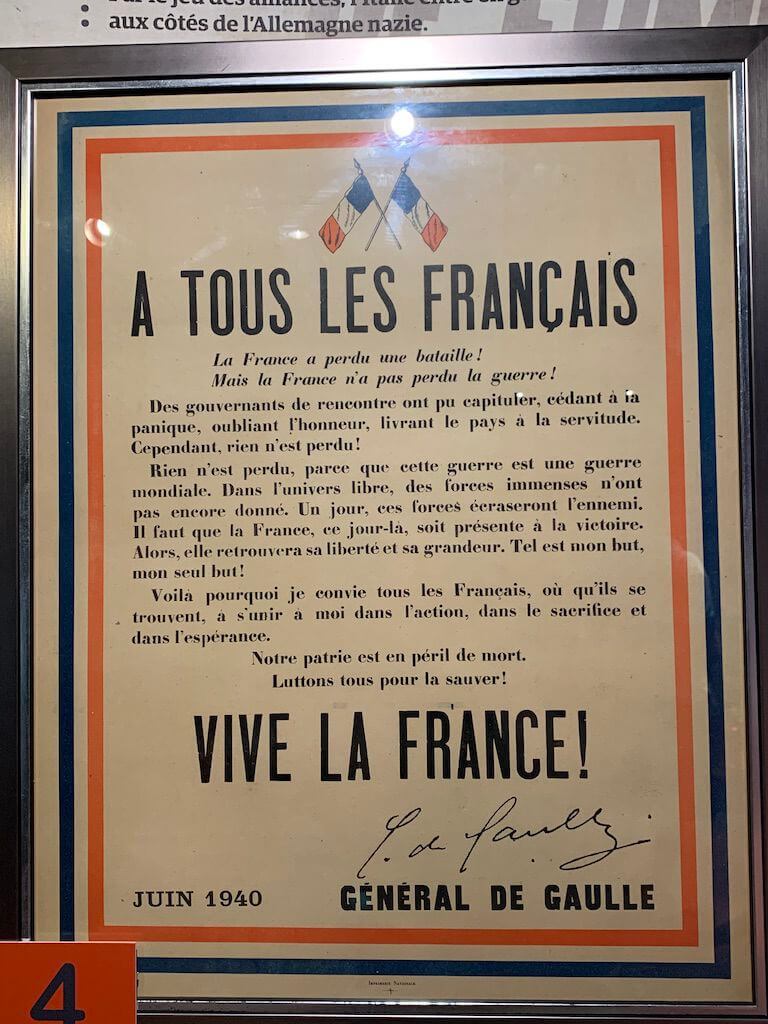
New Caledonia was also originally a producer of nickel, which was used for military purposes.
The fact that it became a base for American troops contributed greatly to the development of New Caledonia. In particular, the significant improvement in sanitary conditions is worthy of special mention. The first thing that the American army did in making New Caledonia its base was to take sanitary measures. The biggest enemy was not the enemy, but sanitation and epidemics at home. Therefore, as a countermeasure against the spread of infectious diseases, the U.S. military dispatched a large-scale medical unit to New Caledonia, and not only built a hospital for wounded soldiers, etc. here, but also made the islanders receive free vaccinations, etc., and greatly improved the sanitary conditions in New Caledonia. In addition, such medical technology spread to the island, and the medical standard of the island itself evolved greatly.
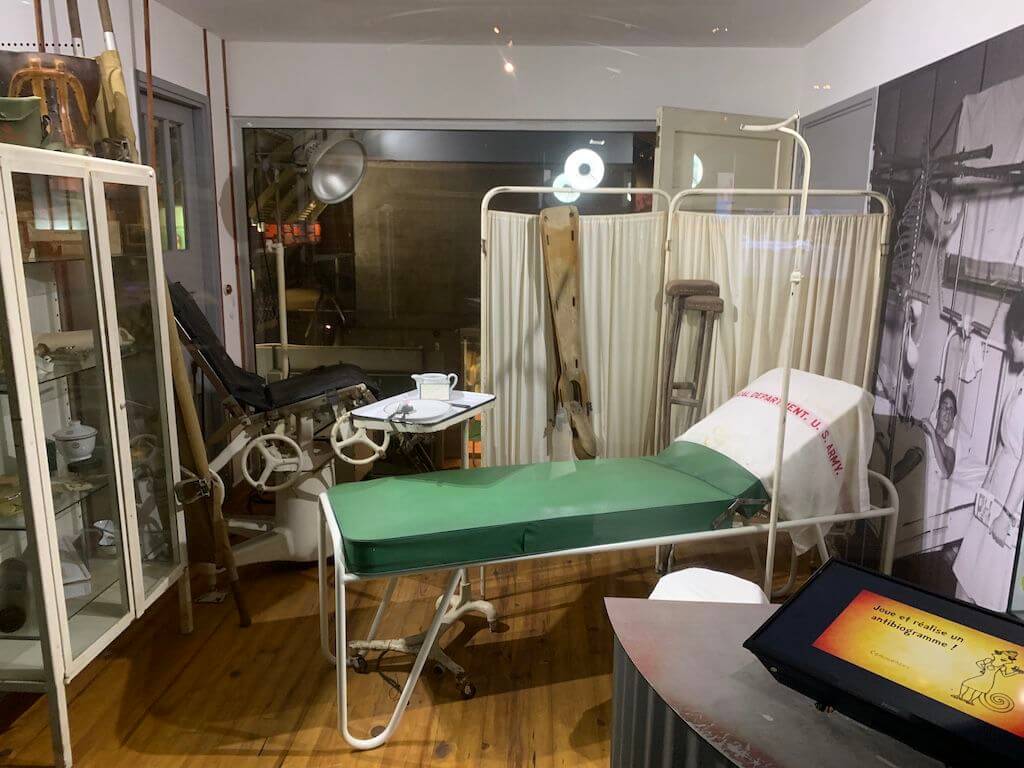
After the Second World War, New Caledonia remained an overseas territory of France, while the surrounding countries of Oceania and Southeast Asia gained independence from the West. However, as time went on, on May 10, 1957, all French citizens, home and abroad, were given the right to vote.
As for the connection with Japan, Japanese people were supervised or forced to leave after the country entered the Second World War as a colony of the Free French in 1940, but after the war, in December 1951, exchange began again and has continued to the present.
This concludes our series on New Caledonia. We will not have the opportunity to visit for a while, but we hope to visit again in the future, especially since we could not visit the northern part of the main island.
